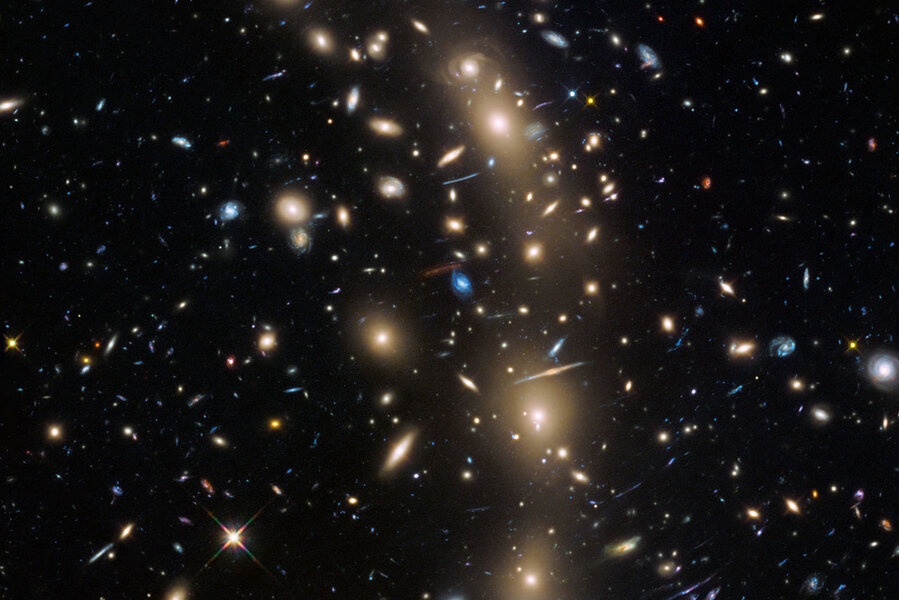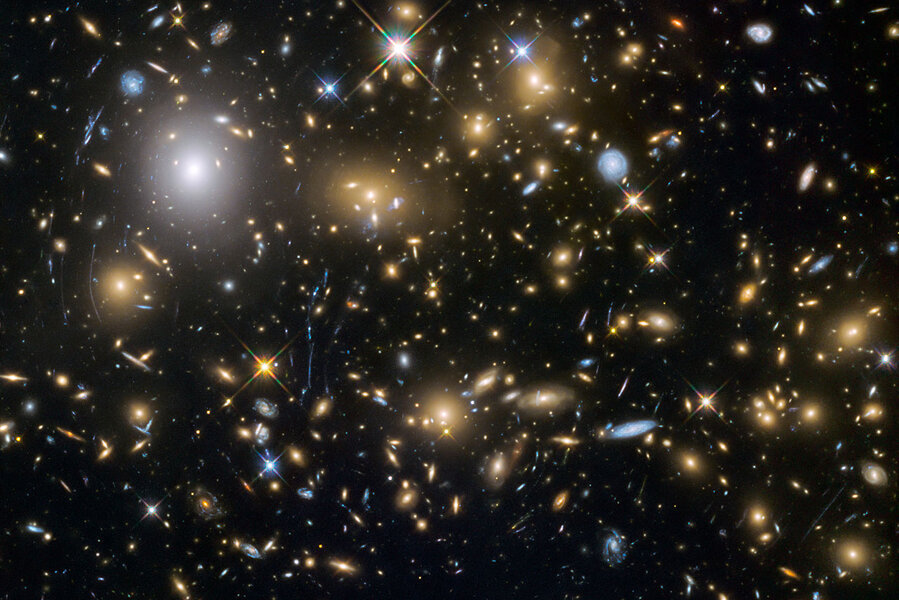Has Hubble opened a window back in time to the earliest galaxies?
Loading...
It may have been “Back to the Future” Day on Wednesday, but today scientists announced they were able to look back into the past – literally.
Using the NASA/ESA Hubble Telescope, a team of astronomers found more than 250 galaxies that were in existence less than a billion years after the Big Bang, making this one of the most significant discoveries of dwarf galaxies from that time.
“The light from these galaxies took over 12 billion years to reach the telescope, allowing the astronomers to look back in time when the universe was still very young,” according to a statement from Hubble.
The team found that all the light coming from these galaxies may have played an important part in one of the universe’s most enigmatic eras called the epoch of reionization. That’s when the dense fog of hydrogen gas that used to blanket the early universe began to dissipate. As the fog cleared, the universe became translucent to ultraviolet light, which could then move over longer distances without being obstructed by the hydrogen gas.
“The faintest galaxies detected in these Hubble observations are fainter than any other yet uncovered in the deepest Hubble observations,” said Johan Richard from the Observatoire de Lyon, France, in the statement.
Through this observation, astronomers were able to discern whether these very galaxies were part of that process. The tiniest but most abundant galaxies in this study could be considered to have important roles in maintaining the universe’s transparency, therefore telling scientists “with some confidence” that the epoch of reionization happened about 700 million years after the Big Bang.
The Hubble Telescope has been opening doors to the distant universe for 25 years, as The Christian Science Monitor's Pete Spotts reported in April:
Although the orbital observatory has endured its share of problems, it has overcome the setbacks to emerge as one of the world’s most important astronomical instruments since the tiny telescope Galileo turned toward the heavens.
As astrophysicist Mario Livio puts it: Hubble “is arguably the most successful experiment in the history of science.”
For this latest discovery, the team, led by Hakim Atek of the Ecole Polytechnique Fédérale de Lausanne, Switzerland, took advantage of gravitational lensing images captured with the most depth possible. This allows for the universe’s first generation of galaxies to be searched for and studied.







